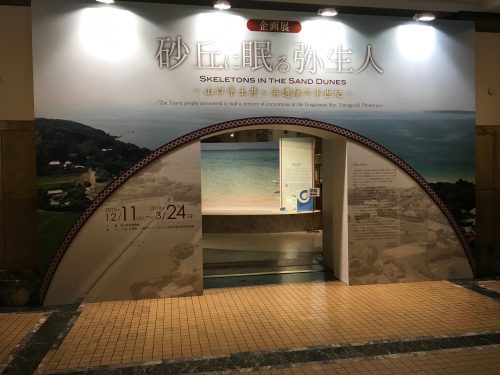
At the National Science Museum, the exhibition "Yayoi who sleeps in the sand dunes – half century of the Doihigahama ruins in Yamaguchi prefecture" was held during the period from December 11, 2010 (Tue) to March 24 (Sun.), 2019 It is.
Since I participated in the press preview held before the event, I will tell you how it is going.
The remains of the Yamaguchi prefecture Doi gahama (Dome gama) facing the Hibikinada (Hibikinada) in the west end of Honshu. About 300 Yayoi people 's human bones have been excavated from here.
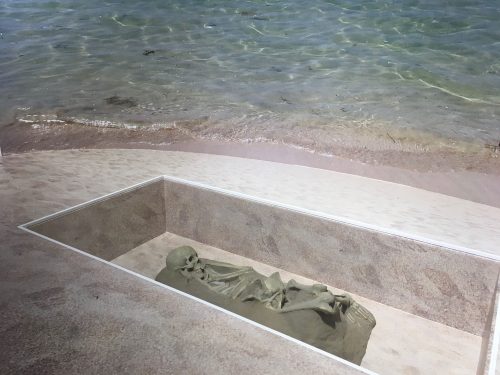
Human bone specimen with the scenery of Doi Fukahama in Yamaguchi prefecture backed
In the Yayoi era, farming such as rice cultivation brought from the Korean Peninsula began in earnest, and the use and production of metalware (ironware · bronze ware) was established. As society and culture change drastically with it. It is said to be a major turning point of human history in Japan.
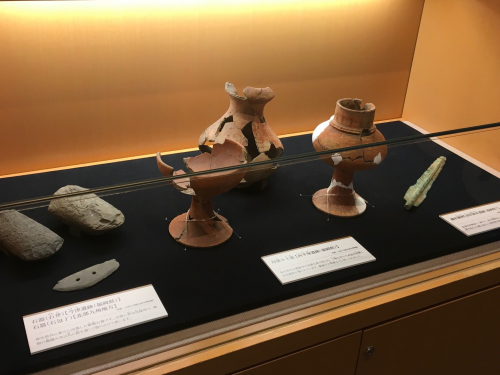
Yayoi pottery
It was after the Second World War that the excavation investigation of the Yayoi era at the Doihigahama ruins became full scale, initially being conducted mainly by Mr. Takeo Kanasaki of Professor of Kyushu University Medical School It was.
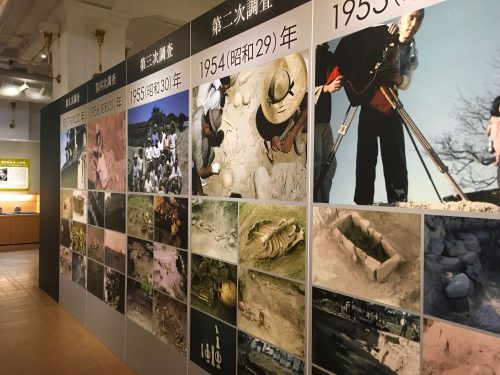
In the survey conducted by Prof. Kanno from the first (1953) to the fifth (1957), color photographs are rarely used as then. It is very valuable material to convey the state of the survey
In this exhibition, the history and present situation of Yayoi studies are introduced, centering on the discovery at Doihigahama ruins.
No. 1 human bone
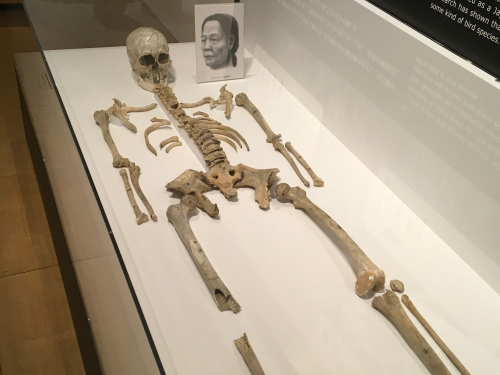
Female human bones excavated first in doihigahama survey. Bones of several birds of the gulls, hawks and owls have also been excavated from the chest.
Extraction tooth extraction
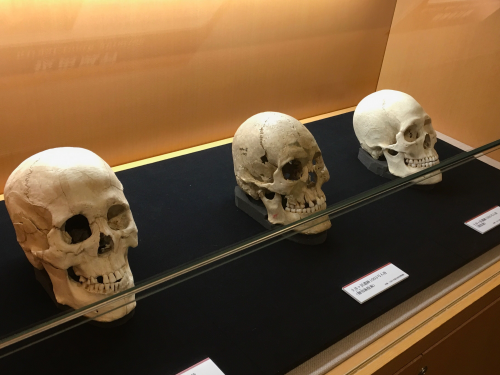
Many things without specific teeth can be confirmed on the human bones of Doihigahama ruins, but it seems that it was thought that it was because there was a custom to extract healthy teeth intentionally. The reason for passing rites when you become an adult is assumed as reason.
Injury marks (junkon)
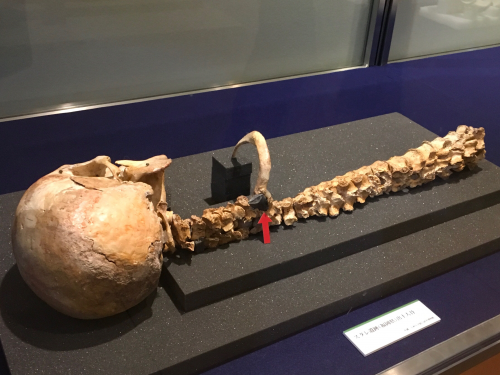
Injury traces are traces marked by sharp weapons. Many human bones with trauma are found in the Yayoi era, but many of them are deadly wounded and a large number of injured human bones have been found in one ruined site, so the Yayoi period accompanies murder and war It is considered to be a society.
Recent studies have also found that the characteristics of human bones in the Yayoi period differ from region to region. In transit system Yayoi people, West Kitakyushu Yayoi people, Minami Kyushu Yayoi people can see differences in height and face building etc, respectively. Since the return face figure is also displayed, you can easily catch the difference.
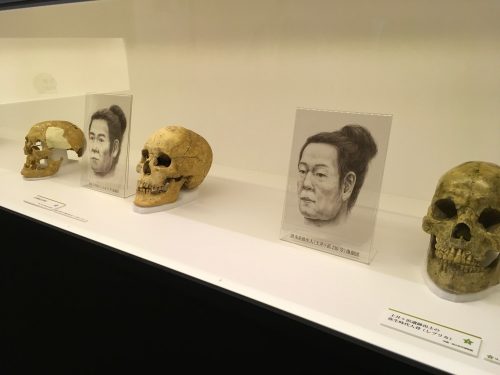
Other DNA research results of the Yayoi era of the Yayoi era at the forefront are also displayed, and the process of Yayoi studies over half a century from the excavation survey of Doihigahama ruins by Professor Kan Sei was clarified.
A lot of real human bones are exhibited and this exhibition which I saw interestingly "The Yayoi who sleeps in the sand dunes – half century of the Doi Fukahama ruins in Yamaguchi prefecture -". It is a valuable opportunity to understand what Yayoi people are and how we are transmitting their DNA to modern people.
Since it is being held at the National Science Museum until March 24, 2019 (Sunday), why do not you visit it.


